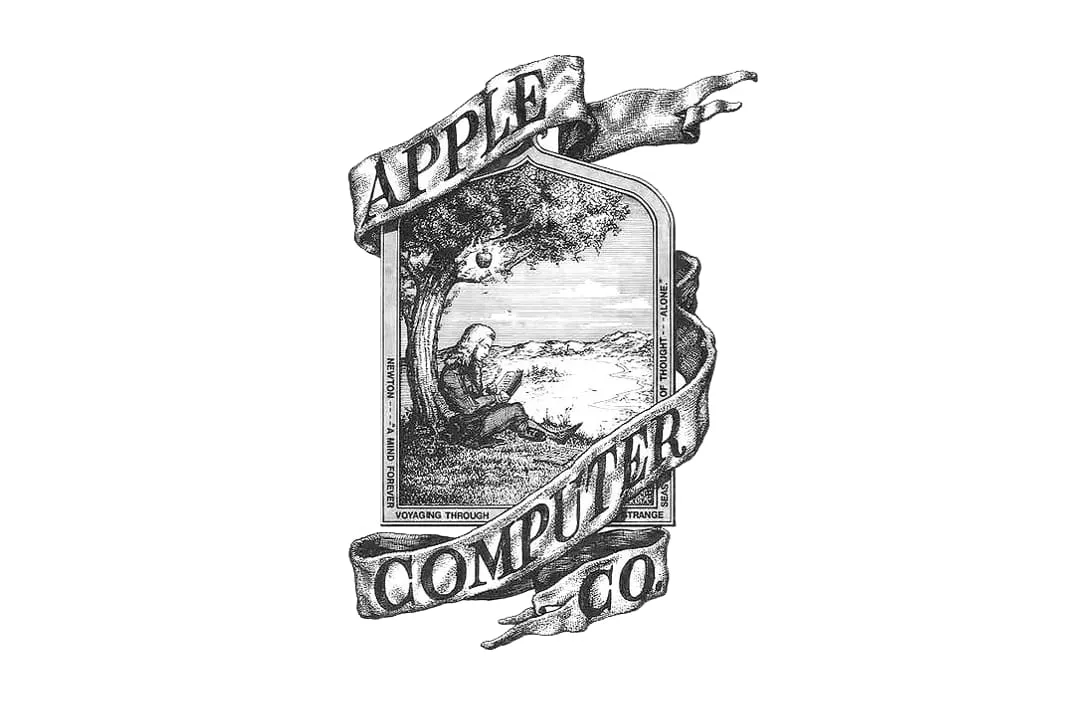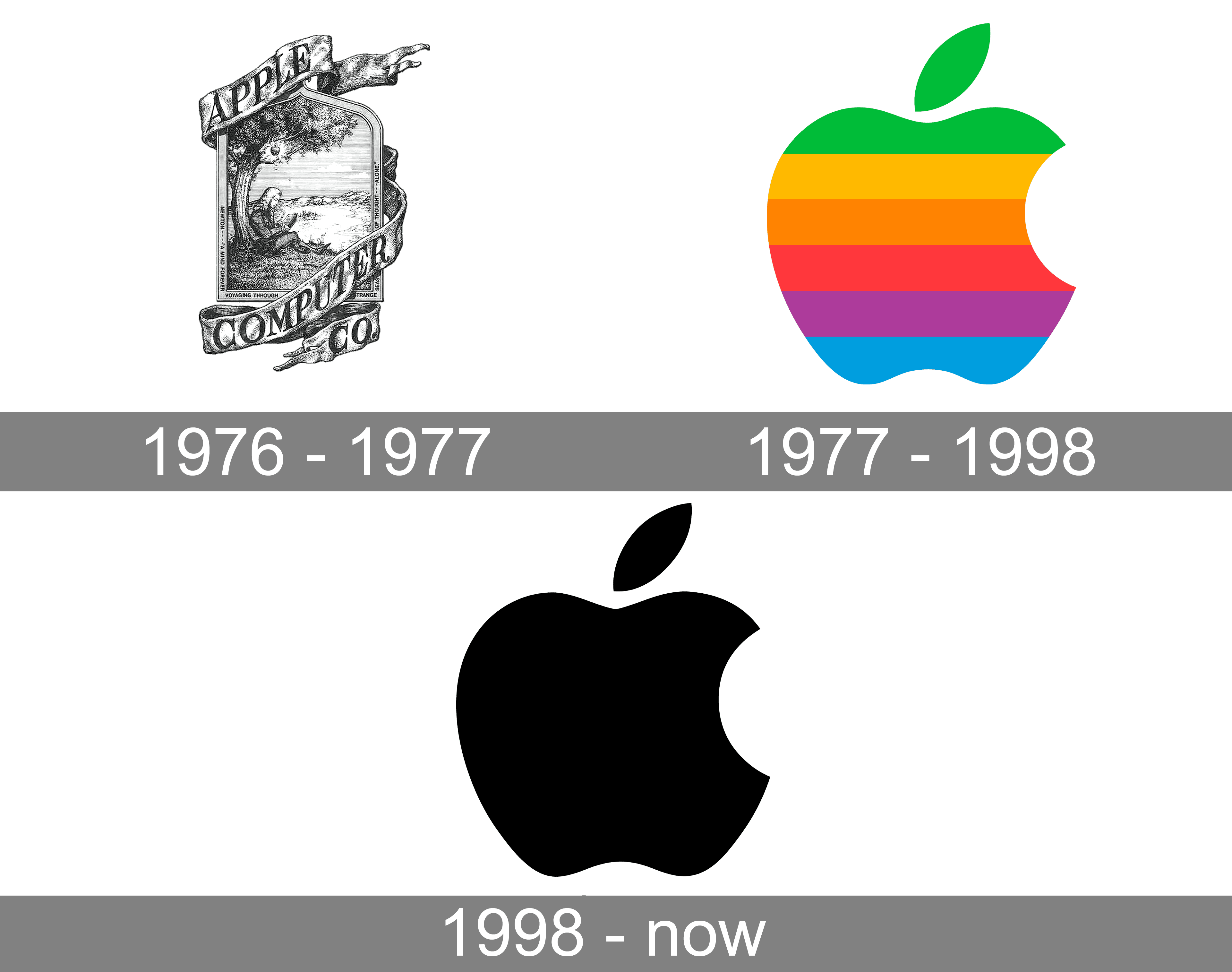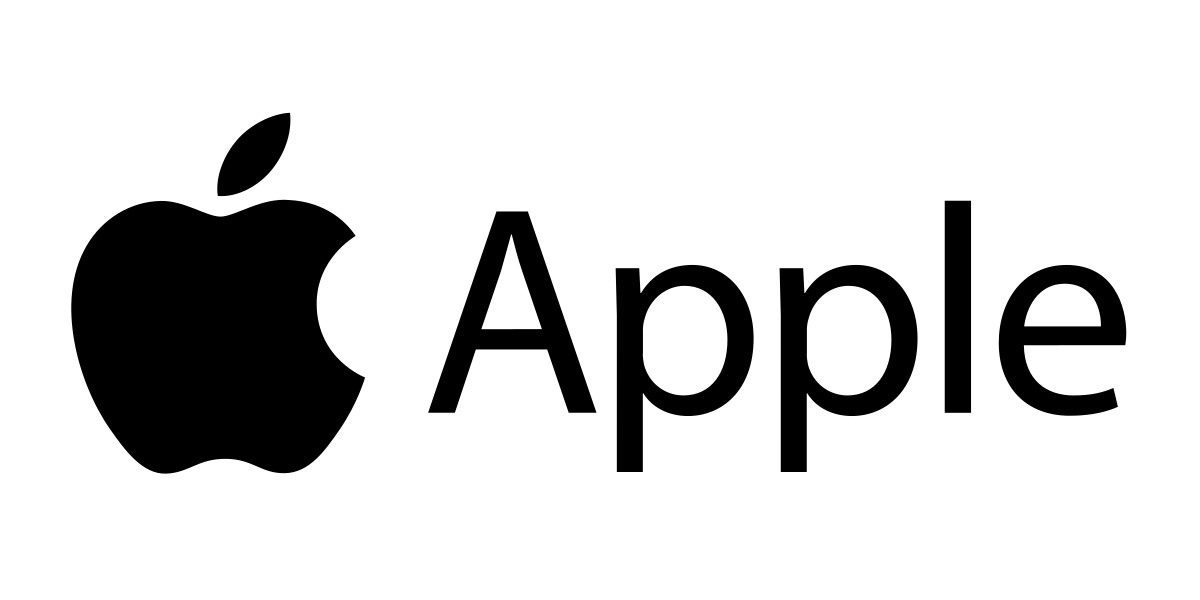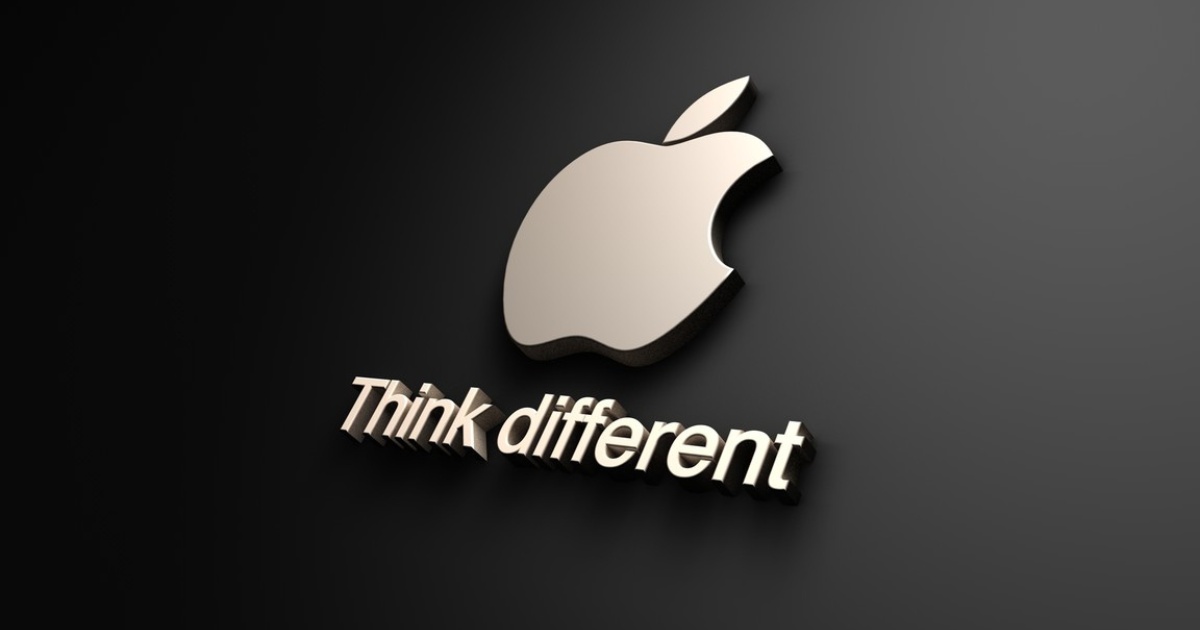Apple Inc., the Silicon Valley-based technology corporation, is renowned for its revolutionary products like the iPhone and MacBook Pro.
However, its immense success is also built on a powerful brand identity, shaped significantly by its memorable Apple slogans, logos, and marketing campaigns.
Among its many taglines, “Think Different” remains a cultural and historical touchstone. This article explores the origins, evolution, and impact of Apple’s slogans and branding strategies, decoding the messages that helped build one of the world’s most valuable companies.
What is Apple’s Slogan?

Ask anyone to provide a tech company slogan, and “Think Different” will probably be the first one they mention. This slogan is simple but strong. It’s known as Apple’s tagline, even though Apple has not used it officially for more than twenty years.
The slogan “Think Different” defines what Apple stands for. It highlights creativity, innovation, and breaking the status quo. Although Apple’s current ads focus on specific products, “Think Different” still connects with people. It has secured its spot in advertising history.
The Origin of “Think Different”
Apple’s most famous slogan, “Think Different,” was introduced in 1997 during a critical period for the company.
Coined under the leadership of returning CEO Steve Jobs, this tagline was the centerpiece of a campaign designed to redefine Apple’s image and set it apart from rivals like IBM and Microsoft.
The slogan launched with a television commercial titled “Here’s to the Crazy Ones,” which paid tribute to visionaries like Albert Einstein, Martin Luther King Jr., and Pablo Picasso who challenged norms and drove innovation.
What Does The Slogan Represent?
“Think Different” embodies Apple’s ethos of creativity, innovation, and breaking away from conventional norms. It encourages both consumers and employees to embrace unique ideas and approaches, forming the basis of a culture of continuous improvement and technological advancement.
The slogan aligns with Apple’s commitment to delivering user-friendly interfaces and exceptional user experiences, setting the company apart in the competitive technology landscape.
Impact and Legacy of Apple’s Slogan
The “Think Different” campaign significantly boosted Apple’s brand image, contributing to its resurgence in the late 1990s and early 2000s.
Apple positioned itself as a leader in innovation and creativity by linking its brand with iconic personalities such as Albert Einstein, Pablo Picasso, and Thomas Edison. This strategic branding initiative not only boosted Apple’s market share but also reinforced its reputation as a progressive technology company.
The Birth of Apple’s Branding

The story of how Apple built its brand is just as interesting as the person behind it: Steve Jobs. From the start, Jobs saw Apple products as not just regular computers. He wanted them to be beautiful and easy to use, things that people wanted.
This need for simplicity and easy access showed in the design of the products and in how they were marketed. This early focus on a complete brand experience helped Apple succeed in the future. It made Apple one of the most well-known and valued brands in the world.
Early Days and Original Slogan
In its early years, Apple Computer, founded by Steve Jobs and Steve Wozniak in 1976, focused on creating user-friendly personal computers. The original slogan emphasized simplicity and accessibility, aligning with the company’s mission to make technology approachable. This foundational branding set the stage for Apple’s future marketing strategies and product development.
Significance Behind Apple’s First Slogan
Apple’s initial branding efforts were important in establishing its presence in the burgeoning personal computer market.
The emphasis on simplicity and user experience resonated with consumers, differentiating Apple from other technology companies that focused more on technical specifications.
This approach laid the groundwork for the company’s enduring focus on design and user-centric products.
The Apple Logo History and Evolution Through The Years

The Apple logo is one of the most well-known logos in the world. It shows a bitten apple and stands for innovation, sleek design, and a premium user experience. The Apple logo we see today has a rich history of changes and improvements.
1976 to 1977: Newton Makes an Appearance
The first Apple logo, designed by co-founder Ronald Wayne in 1976, featured an intricate illustration of Isaac Newton sitting under an apple tree.
This logo included the phrase, “Newton… A Mind Forever Voyaging Through Strange Seas of Thought … Alone,” and aimed to symbolize knowledge and discovery. However, this detailed design proved impractical for branding purposes, leading to its swift replacement.
1977 to 1998: The Rainbow Spectrum
In 1977, graphic designer Rob Janoff was commissioned to create a new logo that was simpler and more scalable.
Janoff designed the now-famous apple with a bite taken out of it, filled with a rainbow spectrum of colors. The bite was added to ensure the logo was easily recognizable as an apple and not mistaken for a cherry.
The logo was also used in Super Bowl advertisement of 1984 – which exemplified marketing brilliance, as it unveiled Macintosh to the global audience and captivated the American public. To this day, the Macintosh product line remains one of the most successful series of computing, raking in tens of billions in annual sales.
The rainbow colors also highlighted the Apple II’s screen capabilities, showcasing the company’s technological advancements.
This colorful logo became a symbol of creativity and innovation, resonating with a diverse audience and establishing Apple’s unique brand identity in the technology sector.
1998 to 2001: The Classic Design
Upon Steve Jobs’ return to Apple in 1997, the company underwent a significant rebranding to shift its image towards a luxury and minimalist aesthetic, incorporating cutting-edge AI technologies. In 1998, the rainbow colors were replaced with a sleek monochromatic design, initially in blue and then transitioning to black.
This change aligned with the launch of the iMac, reflecting Apple’s commitment to simplicity and elegant design.
The classic monochrome logo was versatile and sophisticated, seamlessly integrating with Apple’s new range of products and reinforcing the company’s focus on user experience and innovative technology.
2001 to 2007: Full Of Depth
In 2001, Apple introduced the Aqua Apple logo, featuring a more three-dimensional and glossy finish. This version complemented the design of the newly launched iPod, reflecting Apple’s continued emphasis on sleek, user-friendly products.
The depth and shine of the Aqua logo symbolized the advanced technology and premium quality of Apple’s offerings, reinforcing the brand’s position as a leader in the tech industry.
2007 to 2017: A 3D Spin
The launch of the iPhone in 2007 prompted another evolution of the Apple logo. The emblem adopted a glass-inspired texture, moving away from the previous chrome finish to better complement the design of Apple’s smartphones and other products.
This iteration of the logo maintained the minimalist apple shape while adding a sense of modernity and sophistication. The glassy texture underscored Apple’s focus on cutting-edge technology and aesthetic appeal, aligning with the company’s innovative product line.
2017 to Today: Chrome Takes The Stand
In 2017, Apple transitioned to a flat, monochromatic logo, reflecting contemporary design trends and a minimalist approach. The new chrome logo is sleek, versatile, and easily adaptable across various products and marketing materials.
This latest iteration symbolizes Apple’s unwavering commitment to simplicity, innovation, and user-centric design. The flat logo not only enhances brand recognition but also aligns perfectly with the modern, sophisticated image that Apple continues to uphold.
Evolution of Slogans Through Decades
Apple’s slogans have changed over time, just like the Apple logo. These changes show how the company’s goals and target audience have shifted. Early on, they focused on technical innovation. Now, they focus more on simplicity and user experience. Their slogans have helped shape how people see the brand.
Looking at how Apple’s slogans have evolved gives us a closer look at their marketing strategies. It shows how well they understand what consumers want. It also shows how they adapt their messages to connect with people around the world.
1980s: Establishing Innovation
During the 1980s, Apple focused on positioning itself as an innovator in the personal computer market. Although not associated with a specific enduring slogan during this period, Apple’s marketing emphasized the unique features and creative potential of its Macintosh computers.
This era laid the foundation for Apple’s reputation as a company that valued design, user experience, and technological advancement, setting the stage for future branding efforts like the “Think Different” campaign.
1990s-2000s: Emphasizing Simplicity and Creativity
The 1990s marked a turning point for Apple, characterized by the introduction of the “Think Different” slogan and a renewed focus on simplicity and creativity. This period saw Apple overcoming financial struggles and reestablishing itself as a leader in the tech industry.
“Think Different” became synonymous with Apple’s brand, encapsulating the company’s innovative spirit and commitment to breaking away from the status quo. This slogan not only resonated with consumers but also inspired employees to push the boundaries of technology and design.
In the early 2000s, Apple’s slogans continued to highlight simplicity and user experience, aligning with the launch of products like the iPod, iPhone, and MacBook Pro. These slogans reinforced Apple’s dedication to creating intuitive, high-quality products that enhanced users’ lives.
Evolution Of Apple’s Brand Messaging

Apple’s brand message has changed a lot over the years. This change happened because of shifts in the market, new technologies, and the forward-thinking ideas of Steve Jobs.
Transition From “Think Different” to Modern Campaigns
While “Think Different” remains one of Apple’s most iconic slogans, the company’s brand messaging has evolved to reflect its expanding product line and technological advancements.
In recent years, Apple’s campaigns have shifted towards emphasizing privacy, sustainability, and seamless user experiences.
The transition from “Think Different” to modern campaigns showcases Apple’s ability to adapt its messaging to address contemporary issues and consumer expectations.
This evolution ensures that Apple’s brand remains relevant and continues to resonate with a diverse global audience.
Current Focus On Innovation, Privacy, and Simplicity
Today, Apple’s brand messaging centers around innovation, user privacy, and simplicity.
Campaigns highlight the advanced technology behind products like the iPhone, MacBook Pro, and Apple Watch, while also emphasizing the company’s commitment to protecting user data and ensuring a seamless user experience.
This focus aligns with Apple’s broader mission to enhance people’s lives through technology, reinforcing the brand’s reputation as a trusted and forward-thinking technology company.
What Are Other Notable Apple Taglines?

Beyond “Think Different,” Apple has employed various taglines to promote its products and brand.
Some notable examples include:
- “The only thing that’s changed is everything.” – iPhone 6s
- “Blows minds, not budgets.” – iMac 1998
- “1,000 songs in your pocket.” – iPod Classic
- “Light. Years Ahead.” – MacBook Pro
- “The most amazing iPhone yet.” – iPhone 4S
- “The future of television.” – Apple TV
These slogans reflect Apple’s emphasis on innovation, quality, and enhancing user experiences across its diverse product range.
Why is “Think Different” Iconic?
![]()
The phrase “Think Different” goes beyond being just a slogan. It is part of our culture now. Its strong message, linked to Steve Jobs’ great leadership, helped make it powerful.
This slogan resonated with people who wanted to break traditions and be themselves. Its influence is not just in technology; it has inspired many creative thinkers and new innovators over the years.
Cultural and Historical Significance
“Think Different” transcended traditional advertising slogans by embodying a cultural movement that celebrated nonconformity and creativity.
By associating its brand with renowned figures like Albert Einstein, Pablo Picasso, and Thomas Edison, Apple positioned itself as a champion of innovation and intellectual freedom.
This cultural resonance made “Think Different” more than just a tagline; it became a mantra for individuals and organizations striving to challenge the status quo and drive meaningful change.
Influence On Apple’s Marketing Success
The “Think Different” campaign played an important role in Apple’s marketing success, helping the company regain its footing in the late 1990s and propelling it to unprecedented heights. The slogan reinforced Apple’s identity as a forward-thinking, creative technology company, altering perceptions of campaigns, attracting a loyal customer base and increasing its market share.
By fostering an emotional connection with consumers and inspiring them to embrace innovation, “Think Different” significantly contributed to Apple’s enduring brand legacy and continued success in the competitive technology landscape.
FAQ’s:
How Has Apple’s Slogan Changed Over The Years?
Apple’s slogan has evolved from the original focus on simplicity and user experience to the iconic “Think Different” campaign in 1997.
In recent years, Apple’s messaging has shifted towards themes like privacy, sustainability, and seamless user experiences, reflecting the company’s expanding product line and technological advancements.
Why Did Apple Choose “Think Different” As a Slogan?
Apple chose “Think Different” to encapsulate its innovative spirit and distinguish itself from competitors like IBM.
The slogan aimed to celebrate creativity, nonconformity, and the visionary ideas of influential figures, aligning with Steve Jobs’ vision for the company and its commitment to pushing technological boundaries.
Is “Think Different” Still Used By Apple?
While “Think Different” remains one of Apple’s most memorable and influential slogans, the company has expanded its brand messaging to address contemporary themes such as privacy, sustainability, and user experience.
However, “Think Different” continues to hold a significant place in Apple’s brand legacy and is occasionally referenced in marketing materials.
How Did “Think Different” Help Apple’s Revival?
The “Think Different” campaign was instrumental in reviving Apple’s brand in the late 1990s. Positioning the company as a leader in innovation and creativity, the slogan helped attract a loyal customer base and restore Apple’s market share.
The campaign reinforced Apple’s identity as a forward-thinking technology company, paving the way for the successful launch of products like the iMac, iPod, and iPhone.
Conclusion
Apple Inc.’s journey from a small startup in Cupertino, California, to a global technology powerhouse is deeply intertwined with its strategic use of slogans and the evolution of its logo. The “Think Different” slogan and the iconic bitten apple logo are not just symbols of the brand but representations of Apple’s core values of innovation, creativity, and user-centric design.
Throughout the decades, Apple’s ability to adapt its branding to reflect technological advancements and cultural shifts has been key to its enduring success.
Consistently promoting a message of simplicity, elegance, and forward-thinking, Apple has maintained its position as a leader in the technology industry, influencing both consumer perceptions and industry standards.
As Apple continues to innovate and expand its product offerings, its slogans and logo will undoubtedly evolve, further solidifying its legacy as a trailblazer in technology and branding.


